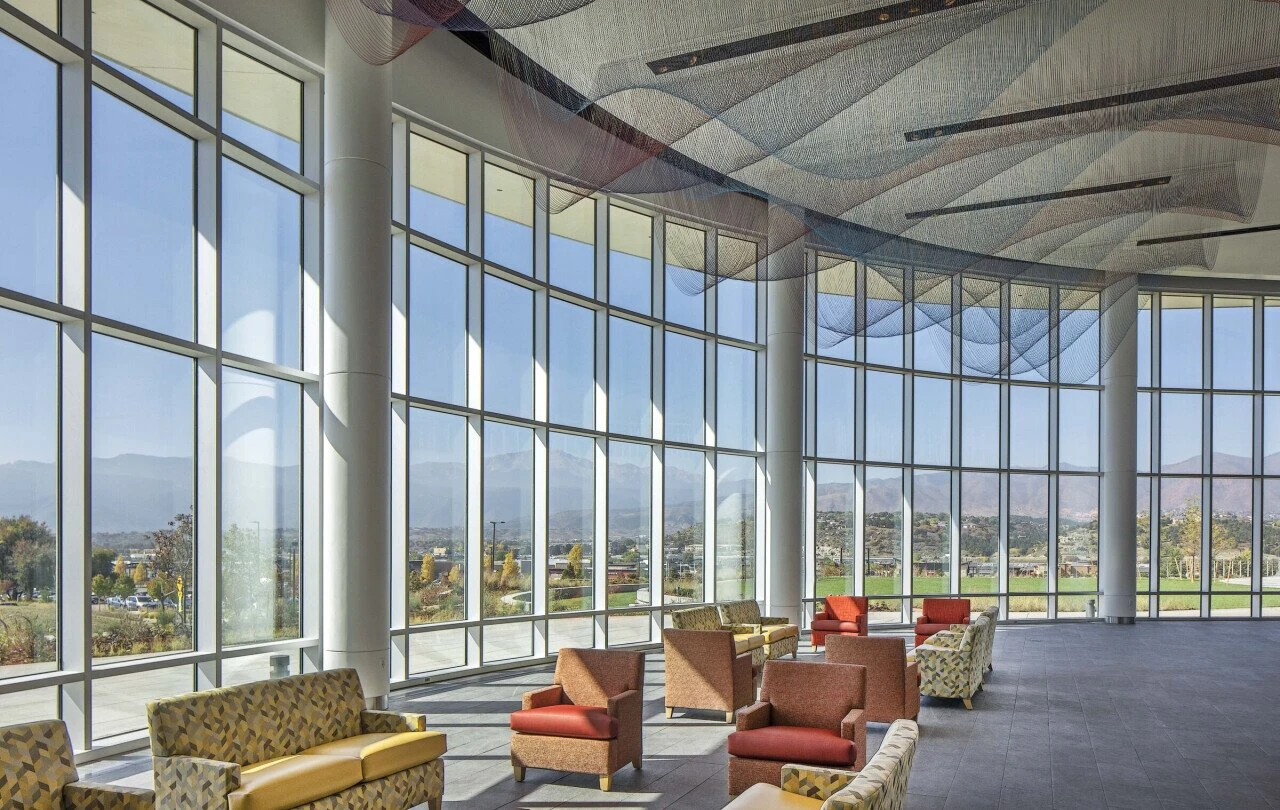

The Allure of Mirror Glass A Reflection on Material and Design
In the ever-evolving world of design and architecture, materials play an essential role in shaping aesthetics and functionality. Among these, mirror glass has emerged as a remarkable choice, offering a unique combination of beauty, versatility, and utility. This article delves into the many facets of mirror glass as a material, exploring its applications, benefits, and the captivating impact it brings to various environments.
Understanding Mirror Glass
Mirror glass, often referred to as reflective glass, is produced by applying a reflective coating to standard glass. This process typically involves a thin layer of metal, such as silver or aluminum, which creates a surface that can reflect light and images. While the classic flat mirror is perhaps the most common form, mirror glass can be manufactured in various shapes and styles, paving the way for creativity in design.
Applications in Interior Design
In interior design, mirror glass serves myriad purposes. One of its most notable advantages is its ability to create an illusion of space. In smaller rooms, strategically placing mirror glass can make an area feel larger and more open. For instance, a large wall mirror can transform a cozy bedroom or a compact living room into a more expansive area, enhancing both functionality and visual appeal.
Moreover, mirror glass can be utilized in furniture design. Pieces like mirrored coffee tables or decorative cabinets not only serve practical purposes but also add an element of glamour and sophistication to the space. The reflective surface can enhance lighting by bouncing natural and artificial light around the room, creating a bright and inviting atmosphere.
Applications in Architecture
Beyond interior design, mirror glass has made significant inroads into architectural applications. Its use in building facades provides a modern and sleek look while reflecting the surrounding environment. This not only produces striking visual effects but can also contribute to energy efficiency. The reflective nature of mirror glass can help in reducing heat absorption, thus maintaining cooler interior temperatures and decreasing reliance on HVAC systems.

In urban settings, mirror glass buildings can harmonize with their surroundings, showcasing the landscape and complementing urban aesthetics. The reflection of trees, clouds, and other structures creates an engaging dynamic that changes throughout the day, making mirror glass a highly desirable choice for modern architecture.
Benefits and Sustainability
The benefits of mirror glass extend beyond its aesthetic appeal. It is generally durable and resistant to weathering, making it suitable for both indoor and outdoor applications. Cleaning and maintenance are straightforward as well; typically, basic glass cleaning solutions and soft cloths are sufficient to keep surfaces gleaming.
From a sustainability standpoint, many manufacturers are producing mirror glass using eco-friendly practices, with a focus on reducing waste and emissions in the production process. Additionally, its long lifespan and energy-efficient properties contribute to environmental conservation efforts.
Emotional and Psychological Impact
The emotional resonance of mirror glass cannot be overlooked. Mirrors have a longstanding association with self-reflection, both literally and metaphorically. When used in design, mirror glass can elicit feelings of openness, clarity, and self-awareness. This transformative potential makes it a powerful tool in creating environments that promote well-being and mindfulness.
Conclusion
In conclusion, mirror glass is a multifaceted material that bridges the gap between aesthetic beauty and practical application. Its ability to enhance spatial perception, create dynamic architectural features, and contribute to energy efficiency makes it a standout choice for designers and architects alike. As we continue to explore innovative ways to incorporate materials into our living and working spaces, mirror glass stands as a testament to the harmonious blend of functionality and artistry. Whether in a grand architectural masterpiece or a simple home interior, the reflective qualities of mirror glass invite us to see the world from a new perspective, illuminating spaces and our experience within them.